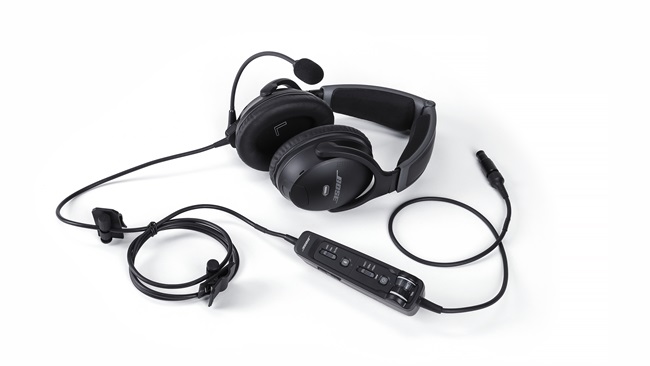As PIC, you can request a different clearance if you have information that makes another course of action more practical or if aircraft equipment limitations make it impossible for you to comply. In the case of commercial operators, pilots may request a different clearance if company procedures forbid them to comply with the clearance they've been given. For example, if you operate out of busy airports with multiple runways and long taxi routes, you may have heard controllers issue a clearance to land on one runway followed by the pilot requesting to land on a different runway. This typically happens because the requested runway is closer to the aircraft's destination, such as an FBO or gate, and can save time and fuel spent taxiing.
Any time you don't understand a clearance or consider it unacceptable for safety reasons, you can request an amended clearance or request clarification. For example, if you are cleared to land and hold short but you have not participated in those operations in the past or are at all uncertain about your ability to comply, you can, and should, refuse the clearance.
To the extent that it is both practical and safe to do so, controllers are supposed to honor the requests of pilots. That doesn't mean that you'll get everything you ask for, but it does mean that it can't hurt to ask. In fact, it's your responsibility to ask for an amended clearance if a controller's instruction would cause you to break a rule or regulation or place the flight in jeopardy. As pilot in command, you have ultimate responsibility for the operation of the aircraft even when you've received instructions from controllers. If a controller instructs you to fly at 3,500 feet but you see that that altitude will put your VFR flight into clouds, you must inform the controller and request a different altitude.



